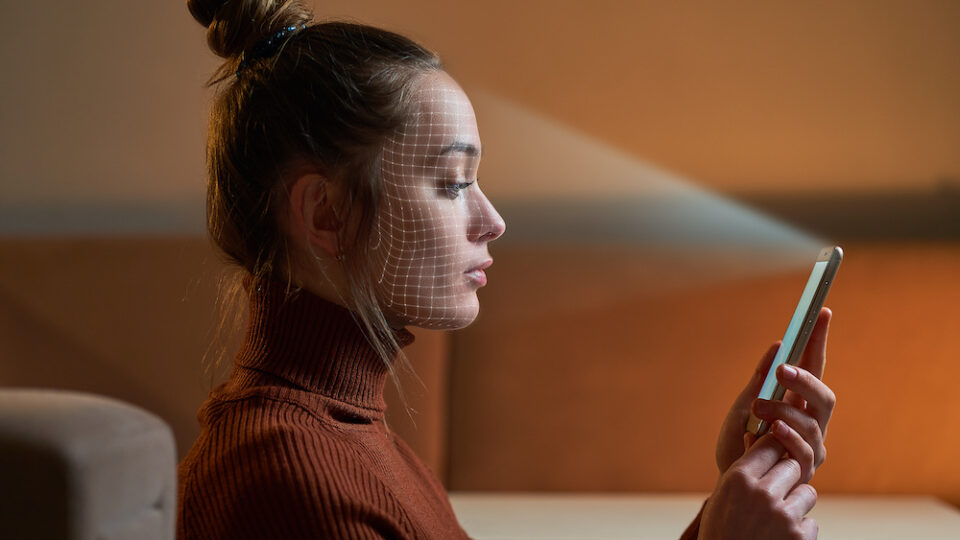Generative artificial intelligence (“AI”) models like DALL-E 2, ChatGPT, Stable Diffusion, and Midjourney are raising two key questions related to intellectual property protections: how can (and should) such models use works subject to IP protections, and do IP protections apply to works generated by AI?
Generally, there are three areas that pose IP risk: (1) using IP-protected works in training data, (2) using IP-protected information in AI prompts, and (3) seeking IP protections for AI-generated works.
1) Training Data
AI developers may face litigation for training AI models on materials protected by copyright, patent, or trademark, or materials that constitute trade secrets without proper authorization. This risk arises from both training data and subsequent user inputs used to further train the model.
Most current litigation is focused on AI models that were allegedly trained on copyrighted works without a license or in violation of open-source license terms. For example, Stability AI, Midjourney, and DeviantArt have been sued for scraping copyrighted images to use as training data for their art-generating AI models. Microsoft, GitHub, and OpenAI face litigation for training their coding assistant tools on open-source code in alleged violation of open-source license terms. Similar claims of infringement could be brought against AI models that train on patented or trademarked materials or trade secrets.
Mitigating the Risk
Some developers, such as Adobe, are addressing this risk by training their models only on content that’s licensed or out of copyright. In addition, Adobe is planning a “Do Not Train” opt out to stop training systems from looking at participating artists’ images, and a compensation strategy for artists who contribute training data.
As for users who hope to integrate these tools (everyone needs a chatbot, right?), addressing these risks is more difficult, given that AI developers are loath to share the sources of their training data. However, conducting appropriate diligence and strong contractual indemnities are some ways to mitigate this risk.
2) User Inputs
On the user side, entering IP-protected materials into generative AI models may compromise the protections applicable to such materials.
If user prompts contain IP and are used to further train the model (which is typically the case for free AI tools), generative AI models may “memorize” the prompts and provide them in response to other users’ prompts. In addition, the AI tool may provide copyrighted works in response to a prompt that explicitly calls for it. This may violate the author’s rights and potentially the developer’s license to the works.
Inputting materials into AI tools can also affect whether those materials qualify for certain IP protections. For example, it is unclear whether disclosing an idea to a generative AI tool could undermine its novelty or otherwise affect patentability.
Similarly, providing trade secrets in prompts may demonstrate a lack of reasonable efforts to maintain the information’s secrecy, threatening its status as a trade secret.
Mitigating the Risk
Enacting workplace policies about what can and can’t be provided to AI tools may mitigate some of this risk.
3) IP Protections for AI-Generated Works
Many regulators have weighed in on whether AI-generated works can be subject to IP protections.
Copyright. On March 15, 2023, the U.S. Copyright Office (“USCO”) published a statement of policy on the copyrightability of AI-generated content. The statement reaffirmed the USCO’s view that works can only obtain copyrights if they are “the product of human authorship,” which excludes works “produced by a machine or mere mechanical process” like generative AI.
The USCO said it will consider AI-generated content on a case-by-case basis, but stated that works generated by AI in response to a simple user input do not qualify for copyright because a human did not exercise “ultimate creative control” or determine the work’s “expressive elements”. For example, if you prompt ChatGPT to write you a sonnet about your dog, the result would not be copyrightable because ChatGPT determined elements like the rhyme pattern, word choice, and structure.
On the other hand, a work containing AI-generated elements can be copyrighted if it has “sufficient human authorship” – for example, if a human selects or arranges AI-generated material in a sufficiently creative way, the results can qualify for copyright protection. However, copyright only extends to the human-authored elements of the work, not AI-generated material.
Applications for human-authored and AI-generated works must disclaim the AI-generated elements or face potential cancellation and reissue. For example, the USCO cancelled the copyright registration for a comic book after learning that the images were generated using Midjourney, which the USCO deemed not to be human authorship, and stated it would reissue the comic book registration to cover only the human-authored elements of the work – the text and the “selection, coordination, and arrangement” of written and visual elements.
Patents. U.S. agencies and courts have also denied patents to the products of generative AI. For example, the U.S. Court of Appeals for the Federal Circuit held that only natural persons can be “inventors” under the U.S. Patent Act, and because AI cannot be an inventor, it cannot generate patentable inventions. It is unclear what level of human intervention, if any, would enable an AI-assisted output to be patentable.
Trademarks. In theory, AI-generated images could qualify as “marks” eligible for federal trademark protection, but there may be risks if the AI model was trained on trademarked marks or generates a name, logo, or another mark that is substantially similar to an existing trademarked mark.
Trade Secrets. AI-generated information could, in theory, constitute trade secrets, since trade secret law does not require human authorship. The key risk is ensuring that the generated information remains confidential (for example, if the AI developer uses the output to further train the model or otherwise retains rights to the output). Relatedly, who owns the trade secret is not so clear-cut: is it the user, or the developer whose tool generates it? This could be addressed through a contract (e.g., proprietary information or invention agreements or assignments) or a relationship (e.g., employer-employee relationship).
Mitigating the Risk
Companies should carefully consider how they use generative AI to develop material whose IP they hope to protect and evaluate whether there is sufficient human involvement in the development. Ensuring that AI developers are subject to appropriate confidentiality provisions is another measure to consider.
Conclusion
Generative AI poses a variety of IP risks. Both developers and users need to consider these risks when using the tool with IP-protected materials, or when generating materials that they hope to copyright, patent, or protect as a trade secret.


